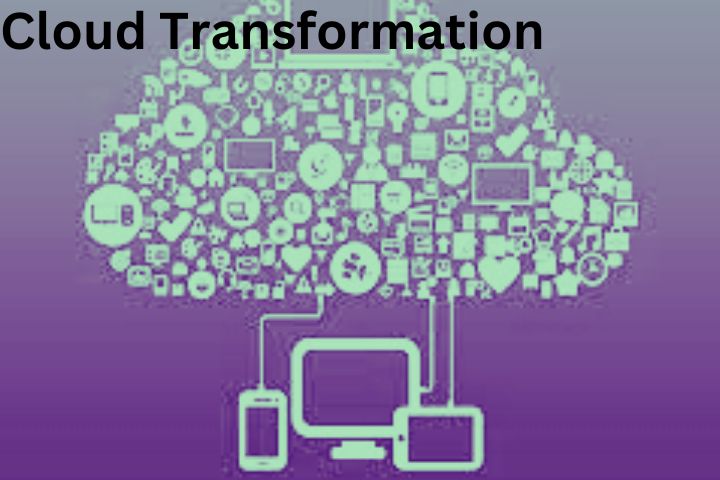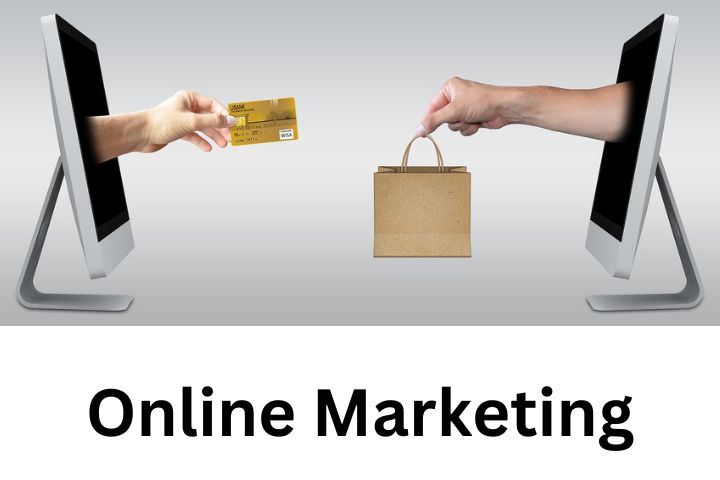
Software providers are increasingly making their way to the cloud. In doing so, they underestimate the long baggage of on-premise solutions they must drag behind them when moving. In addition to license management and the monetization of SaaS Solutions, it is therefore also important not to lose sight of customer concerns in the haze of clouds.
Usage Intelligence:Software vendors are in two different worlds right now: They have one foot firmly on the ground and support their customers withon-premise solutions. With the other leg, they slowly but surely feel their way into the cloud to not fall behind in thedigital transformation.
The cloud is calling.
However, the path points in the direction of the cloud.
Thebusiness mix of hybrid monetization and delivery modelsdoes not change the objective: Whetheron-premise or SaaS– the focus is on the customer. Users demand flexible models from their software that meet their requirements and pick them up at the right point in their digital transformation. For this to succeed, providers first need a clear insight into how the respective solutions are used. In short: you need usage intelligence.
What is usage intelligence?
Usage intelligence is the detailed tracking and analysis of user interactions within a software application. Data is collected anonymously and can be broken down into graded aggregation levels. This makes it possible to deeply examine the user behavior of specific customer segments or users within a customer account. What tasks is the software used for? What are your favorite features? Where do users contact support? The comprehensive and detailed data shows in black and white whether a company is on the right track with its SaaS strategy or needs to adjust its product roadmap.
Many vendors primarily track usage intelligence in SaaS solutions. Corresponding analyzes can achieve real ROI very quickly here. But collecting and evaluating usage data is also essential for on-premise products: the insight gained there lays the foundation for successfully mastering the path to SaaS. If this database is missing, wrong decisions can be made, and this can lead to problems in the long term.
When converting from on-premise business models to SaaS, the usage intelligence also reveals the acceptable price-performance ratio for the customer. For which functions is the customer willing to pay more? Which service package is attractive for him? Or, to put it more simply: How can the customer be persuaded to move to the cloud? The question of the right price is generally difficult for providers to answer.
Four best practices for implementing SaaS Solutions
Usage intelligence alone does not guarantee SaaS Solutions success. Four central basic requirements are necessary on the technical side.
• Effective authorization system
Software licenses are purchased for a specific application and are usually clearly defined. However, that doesn’t mean the license doesn’t change over time. Providers can offer new usage models as part of a new portfolio, which leads to new contracts being concluded. On the user side, on the other hand, requirements or framework conditions can change that require an adjustment of the licenses. New users must be given the right permissions quickly and directly and be able to manage them autonomously. The effort for providers should be as low as possible. An automated authorization system is a must for all of this: It lays the foundation for usage intelligence and allows users to
• Usage Intelligence: Quote-to-Cash Process (QTC)
Various back office systems combine to convert prospects into paying customers, including CRM, authorization, and accounting systems. All activities along this quote-to-cash process must be coordinated and largely automated to ensure rapid revenue recognition. This starts with the first contact between sales and the customer and extends through license and authorization management and the billing department to monitor and enforce compliance. Providers who do not have a structured and optimized QTC process risk delays, unwelcome influences on cash flow and revenue recognition, and possibly customer frustration.
• Central monetization strategy
Another stumbling block in monetization is data silos. Different models for different products increase the complexity and the operational effort (e.g., comparison of the customer base). Therefore, companies should standardize their back-office systems and processes when moving to SaaS as quickly as possible.
A central approach helps product managers answer the question that CEOs frequently ask about the “success of the software business.” It also generally strengthens initiatives related to digital transformation in the company and brings considerable optimization potential for software operation and financial processes.
• Scalable SaaS Solutions platform through usage intelligence
Initially, solutions developed in-house are usually still able to manage licenses and ensure monetization. However, they are limited in terms of agility and flexibility as they mature. If, for example, the customer base grows or changes to the business model become necessary, the internally knitted solutions often cannot adapt quickly enough to the growing demand. Automated commercial SaaS monetization platforms offer significantly more room to scale.
They help product managers to define the pricing and packaging of SaaS. At the same time, they show industry trends, identify new potential business models related to SaaS and thus help to ensure long-term competitiveness.









